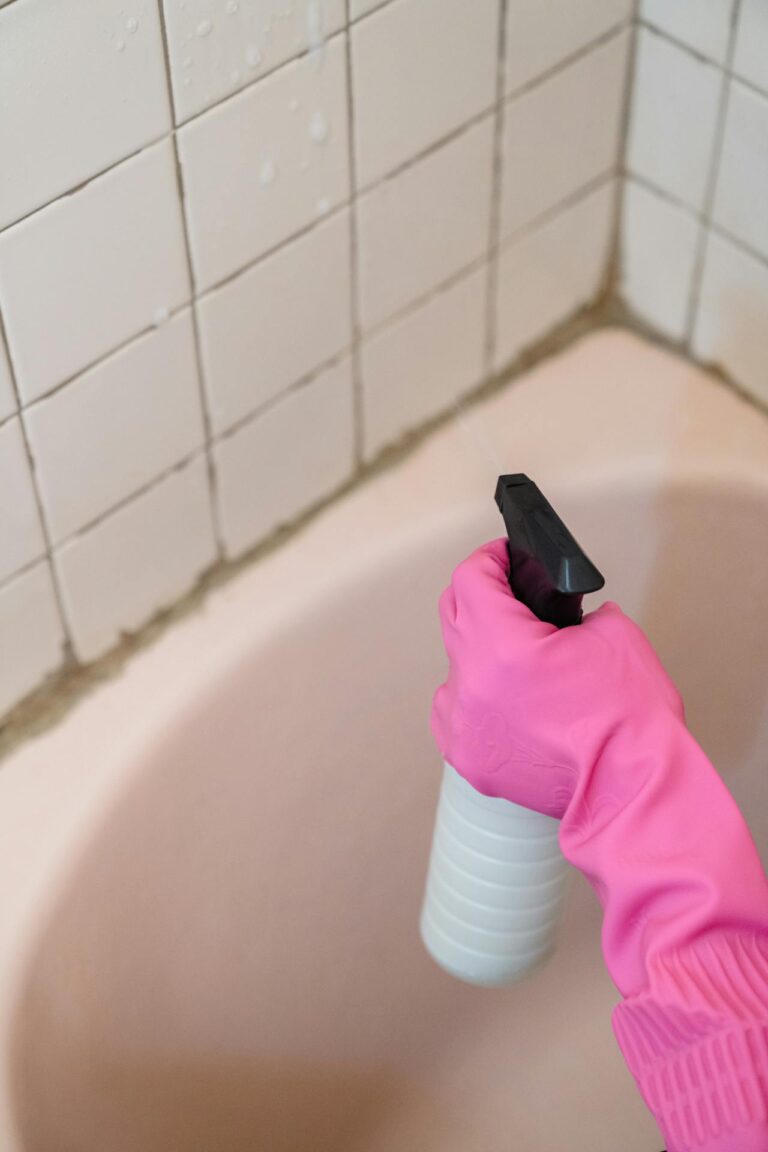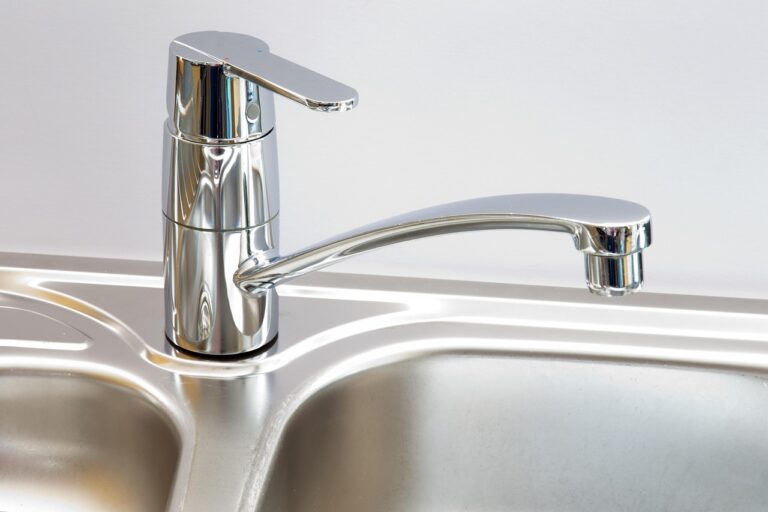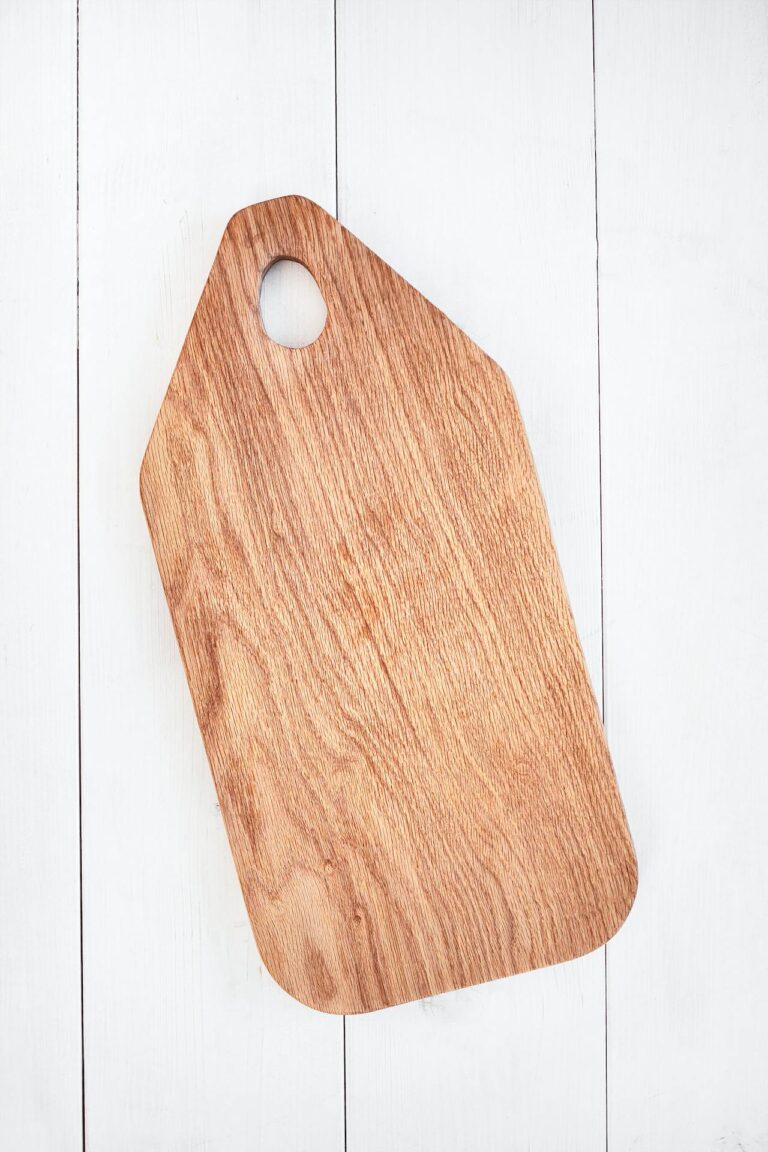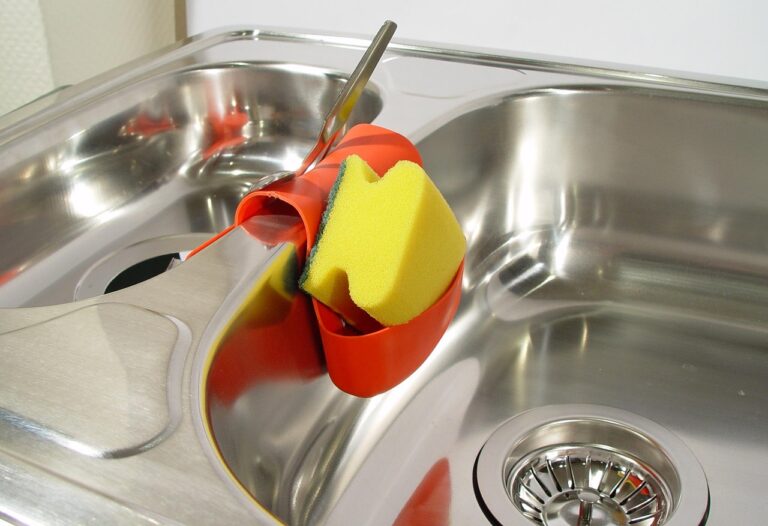Burnt-on residue from stove tops can turn routine cleaning into a frustrating task. The longer those stubborn stains sit, the harder they become to tackle. Understanding the right approach for your stove type makes the job simpler and protects your cooking surface from damage.
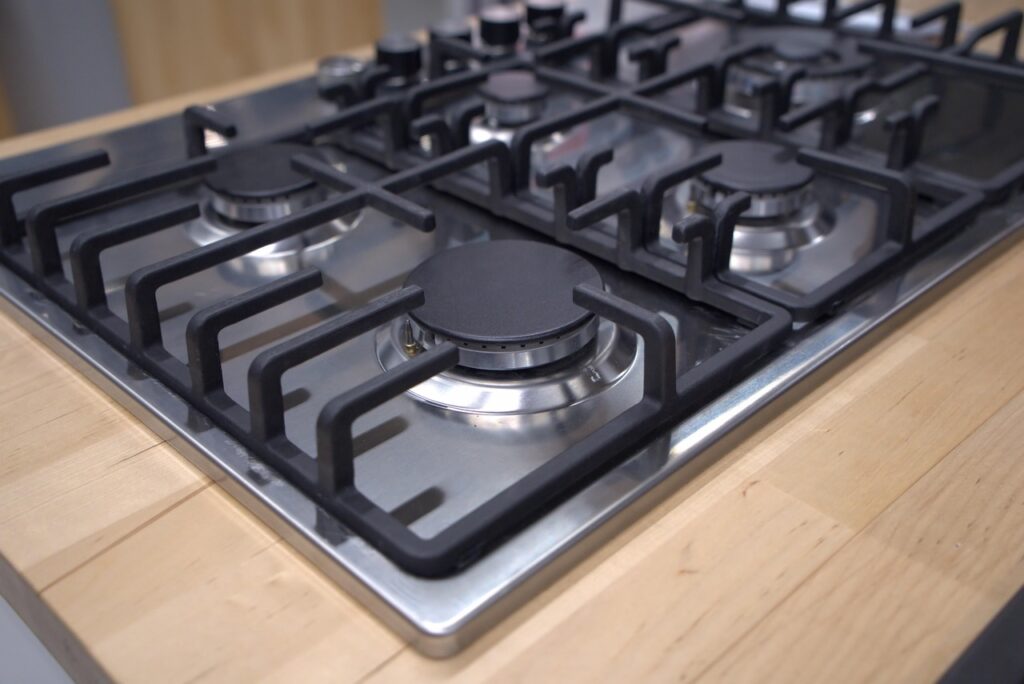
Why Burnt Residue Builds Up on Stove Surfaces
Cooking at high temperatures causes food particles and grease to bond with your stove top. This happens when spills get heated repeatedly without being cleaned.
Different stove materials react differently to burnt residue, which is why glass tops show stains more prominently than gas grates. The key is addressing these marks before they become permanent.
Start With the Baking Soda Paste Method for Burnt Stains
Mix three parts baking soda with one part water to create a thick paste. Spread this mixture directly onto the burnt areas and let it sit for 15-20 minutes.
The mild abrasive quality helps lift cooked-on grease without scratching the surface. Use a damp cloth or soft sponge to wipe away the paste in circular motions, then rinse with clean water.
Try Vinegar and Dish Soap for Light to Moderate Residue
Combine equal parts white vinegar and warm water in a spray bottle, then add a few drops of dish soap. Spray the solution generously over the burnt food residue and wait five minutes.
The acidity breaks down grease while the soap cuts through oily buildup. Wipe clean with a microfiber cloth for a streak-free finish.
Use a Razor Scraper on Glass Top Stoves Carefully
Hold a razor blade scraper at a 45-degree angle against the cooled glass surface. Apply gentle, even pressure as you push the blade forward across burnt spots.
This method works specifically for glass and ceramic stove tops, not coated or enamel surfaces. Keep the blade flat to avoid gouging, and wipe away loosened debris as you go.
Apply Heat and Steam to Loosen Stubborn Stove Top Buildup
Place a damp towel over the burnt area and set a hot (not boiling) pot on top for 10-15 minutes. The steam softens hardened residue, making it easier to remove.
Lift the towel carefully and wipe the area with a sponge while it’s still warm. This natural stove cleaning solution requires no chemicals and works on most surfaces.
Clean Burnt Stove Top Grates With Ammonia Overnight
Remove gas stove grates and place them in large plastic bags with ¼ cup of ammonia each. Seal the bags and leave them outside or in a well-ventilated garage overnight.
The fumes break down burnt-on grease without scrubbing. Rinse grates thoroughly with water and dish soap before replacing them.
Remove Burnt Food From Stove Tops Using Commercial Cleaners
Choose a cleaner designed for your specific stove type—ceramic, glass, or stainless steel. Apply according to package directions, typically spraying and waiting 5-10 minutes.
Use a non-abrasive pad to work the product into stubborn stains. These formulas contain stronger degreasers than household items, but test on a small area first to check compatibility.
Polish With Olive Oil After Removing Burnt Residue From Stove Tops
Once the surface is completely clean and dry, apply a small amount of olive oil to a soft cloth. Buff the stove top in gentle circles to restore shine and create a protective barrier.
This step is optional but helps repel future spills. Wipe away any excess oil to prevent smoking during your next cooking session.
What to Skip When Cleaning Burnt Stove Surfaces
Avoid steel wool or abrasive scouring pads on glass or ceramic surfaces, as they can create permanent scratches. Bleach-based cleaners can discolor certain stove materials and leave harmful residues near food prep areas.
Never use a razor scraper on coated or enamel stove tops—it can strip the protective finish. Skip acidic cleaners like lemon juice on natural stone trivets or surrounding countertops, as they can etch the surface.
Questions & Answers About Removing Burnt-On Residue
What removes burnt food from glass stove tops?
Baking soda paste combined with a razor scraper works effectively on glass surfaces. Apply the paste, let it sit, then carefully scrape at a 45-degree angle. Finish by wiping with vinegar solution for a clean, streak-free result.
Can baking soda damage stove tops?
Baking soda is safe for most stove surfaces when used as a paste. The fine particles provide gentle abrasion without scratching glass, ceramic, or stainless steel. Rinse thoroughly after use to prevent white residue buildup.
How do you clean burnt stains without scratching?
Use soft tools like microfiber cloths, non-abrasive sponges, or nylon scrub brushes. Apply cleaning solutions and give them time to work before wiping. Patience reduces the need for aggressive scrubbing that causes scratches.
What’s the easiest way to clean a burnt stove?
The steam method requires minimal effort—just a hot pot and damp towel. For quick daily cleaning, spray vinegar solution immediately after cooking while the surface is warm. Regular maintenance prevents heavy buildup.
How often should you deep clean your stove top?
Deep clean stove surfaces weekly if you cook daily, or every two weeks for lighter use. Wipe up fresh spills immediately to reduce the need for intensive scrubbing. Consistent care keeps burnt residue from forming.
Is it safe to use ammonia on stove grates?
Ammonia effectively cleans cast iron or steel grates when used in sealed bags outdoors. The fumes dissolve grease without damaging the metal. Never use ammonia on aluminum grates or in enclosed spaces without ventilation.
What causes black marks on glass stove tops?
Black marks come from burnt sugar, protein, or aluminum cookware scraping the surface. These require immediate attention, as they bond quickly with glass when heated. Use a razor scraper or specialized ceramic cleaner for removal.
Keep Your Stove Surface Looking Fresh
Removing burnt-on residue from stove tops becomes manageable when you match the method to your surface type. Simple household items like baking soda and vinegar handle most cleaning challenges without harsh chemicals. A few minutes of regular maintenance prevents the buildup that turns into a major cleaning project later on.


